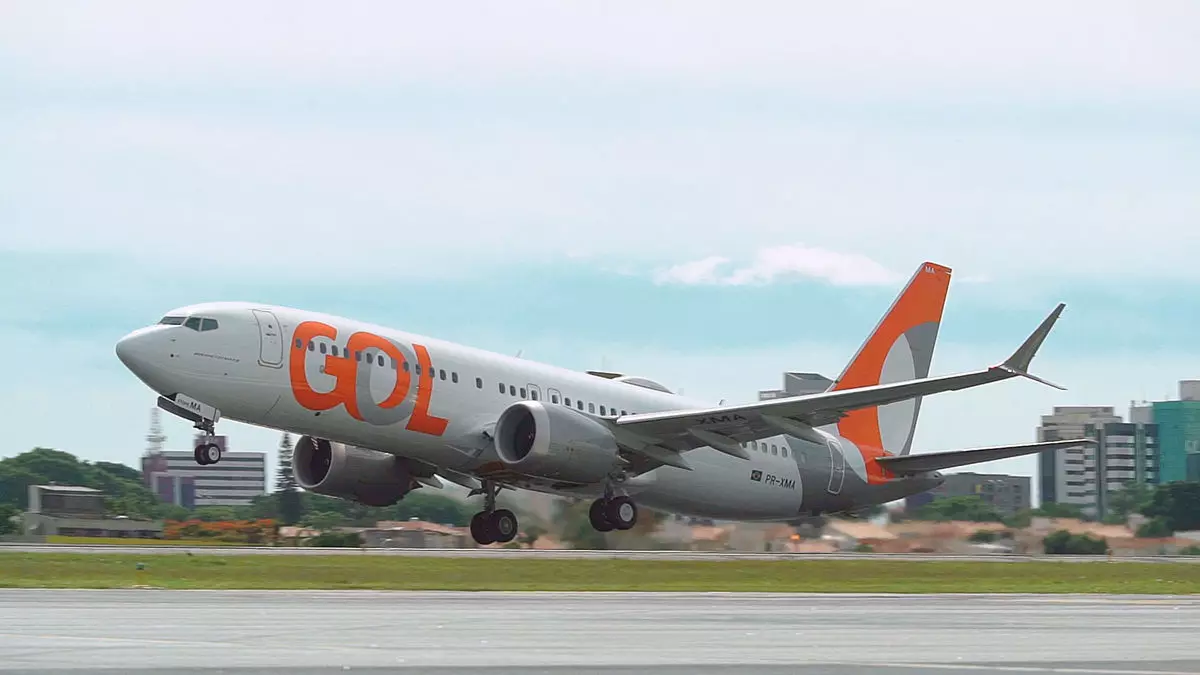The Brazilian aviation sector is witnessing a pivotal moment with the preliminary agreement between major carriers Azul and Gol. This partnership aims to collaborate strategically within both domestic and international markets. Although this memorandum of understanding is nonbinding, it signifies a key step in bolstering their operational frameworks, enabling them to negotiate terms that would benefit both entities in a competitive landscape fraught with challenges.
This alliance comes in the wake of Gol’s financial struggles, having filed for Chapter 11 bankruptcy a year ago. The restructuring phase has offered a chance to reconsider the operational strategies of both carriers. The Abra Group, which holds the majority stake in Gol and also owns Colombia’s Avianca, views this merger as an essential component of its broader strategy to capitalize on the Brazilian market. As expressed by CFO Manuel Irarrazaval, combining resources represents an opportunity to amplify their presence in Brazil and enhance their network’s connectivity.
However, one very pertinent question arises: Will this maneuver genuinely benefit the industry, or will it simply reinforce the existing duopoly, further consolidating power within a few major players? The aviation landscape in Brazil has always been dominated by a limited number of carriers, and this merger further accentuates the risk of monopolistic tendencies.
Despite the notion of operational synergy, the alliance proposes that Azul and Gol will maintain their operational licenses and distinct brand identities. Such an arrangement aims to leverage the strengths of each airline while preserving a sense of individuality. However, these separate identities may complicate the integration of operational aspects, which could lead to inefficiencies if not carefully managed.
Furthermore, the merger necessitates scrutiny from regulatory bodies, particularly concerning antitrust laws. With predictions estimating that a combined Azul-Gol would control 61.4% of Brazil’s passenger market in 2024, concerns regarding market monopolization become increasingly relevant. Regulatory approvals will hinge on thorough assessments demonstrating that the merger would not detrimentally impact competition within the marketplace.
If successful, the merger could redefine the Brazilian aviation landscape, particularly with an expansion of routes and an enhancement of service offerings. Currently, Azul and Gol operate a combined fleet comprising 325 aircraft, which could significantly improve air traffic, particularly to popular destinations like the U.S. cities of Fort Lauderdale and Miami. Consequently, this partnership could facilitate increased connectivity and options for travelers.
However, as the aviation industry emerges from a period of uncertainty due to the pandemic, market dynamics are fluid. Strategies that prioritize passenger welfare, environmental sustainability, and competition must be at the forefront of any operational restructuring. While the promise of an Azul-Gol combination offers potential growth, its success hinges on navigating complex regulatory environments and consumer expectations in a post-pandemic world.
Overall, the preliminary agreement between Azul and Gol highlights the intricate interplay between strategic business maneuvers, regulatory frameworks, and consumer demands—a reflection of a rapidly evolving aviation industry looking for stability and growth amidst uncertainty.


Leave a Reply